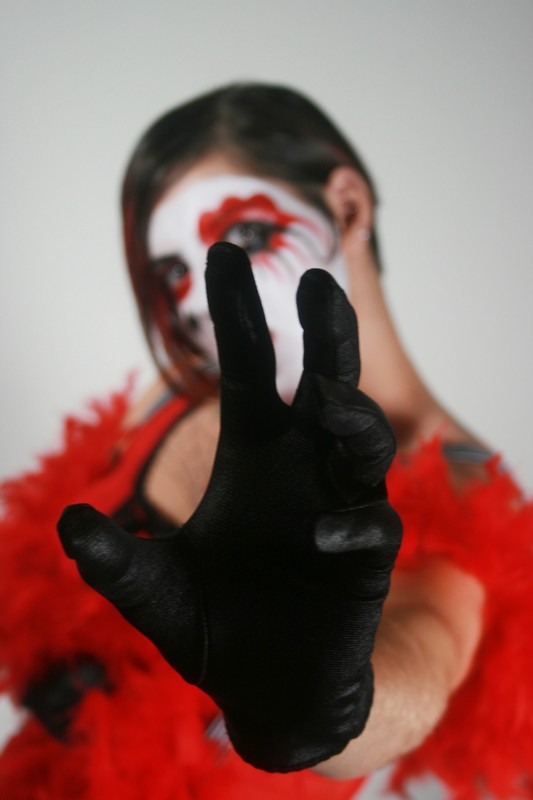A Brief History

So, a brief perusal of Wikipedia and a TON of my own personal research has made clowning even more awesome, in my opinion. And let me tell you why:
The first clowns go back to the Greek age of tragedies and comedies, and, as I’m sure you can guess, they started out in the comedies. In this context, clowns were considered “country bumpkins” and were the butt of a lot of jokes from the more “elite” in Greece – namely, those who could afford to live in the cities rather than on the farms. In this sense, clowns more closely remembered the Fool that they would become in the middle ages.
The trend of the clown as the country bumpkin continued throughout the centuries until they became famous once again during Shakespeare’s reign of entertainment. If you’re familiar with Shakespeare, then you may remember Rosencrantz and Guildenstern – the classic fools from Hamlet who became famous once again in the 90s. The purpose of these characters in Hamlet was to lighten the atmosphere and to point out the ridiculousness of the circumstances.
The Jester, an importact cousin of the Clown, during Medieval times often held an especially interesting position. Donning face-obscruring make up, belled caps and ridiculous costumes, the Royal Jester was charged with entertaining the royalty and their guests. Often time, this lauded position was the only one that could get away with criticizing the monarchy without being sentenced to imprisonment or death and it is said that The Jester, having an obscured identity and a charismatic personality, was a chief advisor to the royalty.
The tradition continued once film came out and through movies, clowns have delighted and frightened us.
So, yes, there is the short version. Super fascinating!
